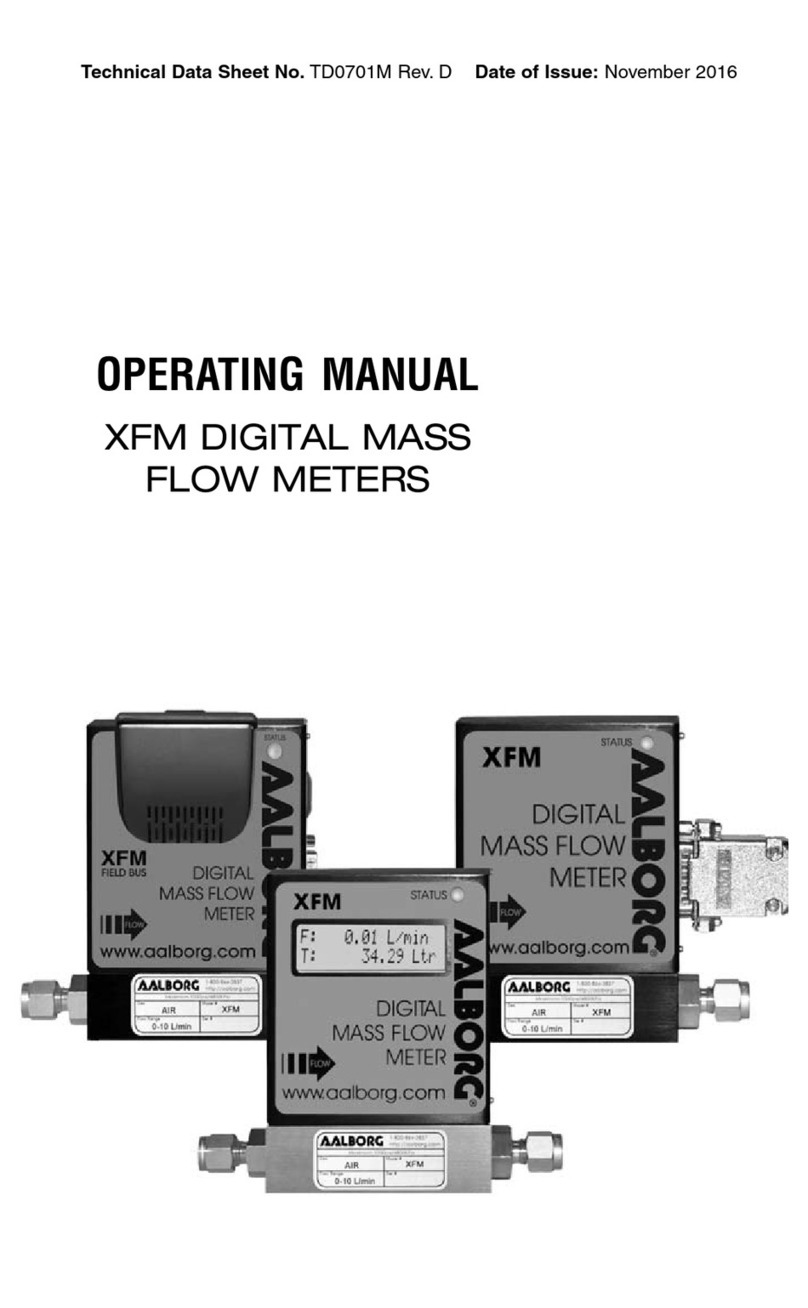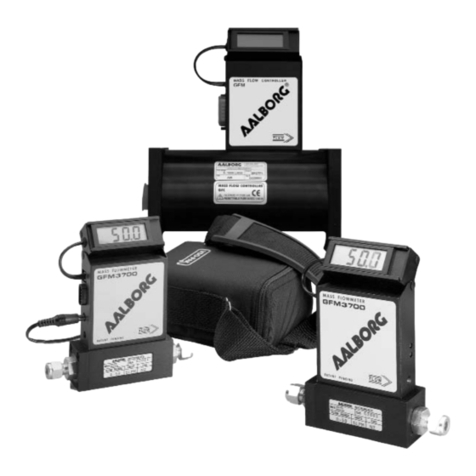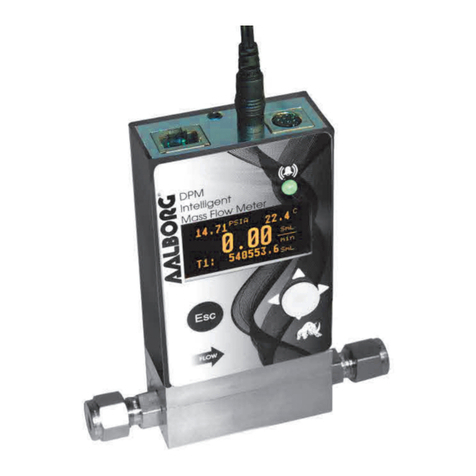TABLE OF CONTENTS
1. UNPACKING THE DFM MASS FLOW METER...................................
1.1 Inspect Package for External Damage........................................................
1.2 Unpack the Mass Flow Meter.....................................................................
1.3 Returning Merchandise for Repair..............................................................
2. INSTALLATION.....................................................................
2.1 Primary Gas Connections...........................................................................
2.2 Electrical Connections................................................................................
2.2.1 Power Supply Connections........................................................................
2.2.2 Output Signals Connections.......................................................................
2.2.3 Output Communication Parameters and Connections................................
3. PRINCIPLE OF OPERATION......................................................
4. SPECIFICATIONS..................................................................
4.1 CE Compliance...........................................................................................
5. OPERATING INSTRUCTIONS.....................................................
5.1 Preparation and Warm Up..........................................................................
5.2 Swamping Condition....................................................................................
5.3 Programming DFM using LCD and Keypad................................................
5.3.1 Changing Units of Measurement for Temperature & Pressure Reading.....
5.3.2 Monitoring DFM peripheries settings.........................................................
5.3.3 DFM Main Menu.........................................................................................
5.3.4 Gas Flow Engineering Units Settings..........................................................
5.3.5 Gas Table Settings......................................................................................
5.3.6 Totalizer Settings........................................................................................
5.3.7 Alarm Settings...........................................................................................
5.3.8 Relay Assignment Settings........................................................................
5.3.9 K Factors Settings.....................................................................................
5.3.10 Zero Calibration..........................................................................................
5.3.11 Flow Conditions Settings...........................................................................
5.3.12 LCD Backlit Energy-saving Setting............................................................
5.4 Flow, Temperature, Pressure Output Signals Configuration......................
6. MAINTENANCE....................................................................
6.1 Introduction................................................................................................
6.2 Flow Path Cleaning....................................................................................
6.2.1 Restrictor Flow Element (RFE)..................................................................
6.2.2 DFM 26/27 Models....................................................................................
6.2.3 DFM 36/37/46/47 models..........................................................................
1
1
1
1
1
1
2
2
3
4
6
7
9
12
12
12
13
13
13
14
15
17
18
20
22
24
24
26
27
27
28
28
29
29
29
30






























